How to choose a well matched 2/3 wheel electric vehicle charging station?
From a cost perspective, most household car charging stations are AC stations. So today I want to talk about family communication posts. DC piles will not be duplicated. Before discussing how to choose a charging station, let's first talk about the classification of home communication charging stations.
Classified by installation method, it is mainly divided into two categories: wall mounted and portable.
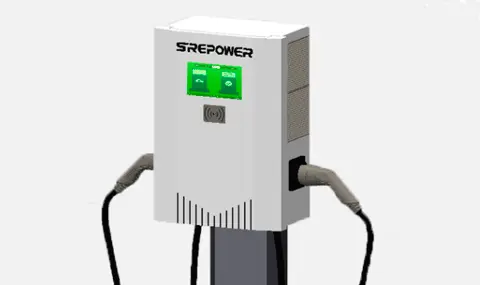
Wall mounted is required to be installed and fixed on the parking space, divided by power size, with the mainstream being 7KW, 11KW, and 22KW.
7KW represents charging 7 kWh of electricity per hour, approximately 40 kilometers.
11KW represents charging 11 kilowatt hours per hour, which is equivalent to 60 kilometers.
22KW represents charging 22 kilowatt hours per hour, which is equivalent to 120 kilometers.
Portable, as the name suggests, means it can be moved without the need for fixed installation or wiring. It can be used directly from a household socket, but the current is relatively low. 10A and 16A are commonly used. The corresponding power is 2.2kw and 3.5kw.
With this level of understanding, let's discuss how to choose a suitable charging station:
Firstly, consider adaptability.
Although the charging stations and car charging interfaces are manufactured according to the new national standards, they are 100% compatible. However, the charging power of different models is not determined by the charging station, but by the onboard charger in the car. In short, if your car can only accept 7KW, even if you use a 20KW power charging station, it can only operate at 7KW speed.
Here, cars are roughly divided into three types:
(1) Pure electric or hybrid vehicle models have small battery capacity, representing the red light mini. The on-board charger has a power of 3.5kw, and generally 16A and 3.5kW piles can meet the demand;
② Pure electric models or extended range hybrid vehicles with large battery capacity (such as Volkswagen Lavida, Ideal ONE), with a car charger power of 7kw, can be matched with charging stations of 32A and 7KW;
③ Pure electric vehicle models, such as Tesla's full range and Star's full range of car chargers, have a power of 11kw to match 380V11kw charging stations.
The second is to consider the home charging environment.
In addition to considering the compatibility of cars and piles, it is also necessary to understand the electricity situation in one's own community. The 7KW charging station is 220V and can apply for a 220V electricity meter, while the 11KW or higher power charging station is 380V and needs to apply for a 380V electricity meter.
At present, most residential areas can apply for 220V electricity meters, and villas or self built houses can apply for the installation of 380V electricity meters. Whether it is possible to install an electricity meter and what type of electricity meter to install, it is necessary to first apply to the property and power supply bureau (if the application is approved, the power supply bureau will install the electricity meter for free), and their opinions will basically prevail.
The third factor to consider is price.
The price of charging stations varies greatly, ranging from a few hundred to several thousand, resulting in price differences. The most important factor is the power difference. The price of 11KW is above 3000, the price of 7KW is between 1500-2500, and the price of 3.5KW portable is below 1500.
Taking into account the compatibility of the vehicle model and the home charging environment, it is generally possible to choose a charging station of the required specifications, but even within the same specifications, the price difference will double. What is the reason for this gap?
The manufacturers are different.
Different manufacturers must have different brand strengths and premiums. How we outsiders distinguish between brand and quality depends on certification. CQC or CNAS certification represents compliance with relevant national requirements and is also an important indicator for automotive companies to evaluate when selecting supporting suppliers.
Secondly, the materials used in the product are different.
The materials here include three aspects: shell, process, and circuit board.
Many household charging stations on the casing are installed outdoors, not only to handle high or low temperature environments, but also to prevent rain and lightning. Therefore, the protection level of the shell material shall not be lower than IP54. In order to adapt to various harsh weather conditions and temperature differences, PC boards are good materials that are not easily brittle and can better resist high temperatures and aging.
PC materials generally use high-quality piles,
ABS material or PC+ABS mixed material S mixed material.
In terms of craftsmanship, the gun head products of brand manufacturers are one-time injection molded, with thick and drop resistant materials, while those of ordinary manufacturers are injection molded parts that crack as soon as they fall; The inner end of the brand manufacturer's gun head is silver plated, with good conductivity and over 10000 insertions and removals, making it durable and long-lasting. The gun heads of ordinary manufacturers are nickel plated, which is prone to damage.
Circuit board: High end pile circuit boards are integrated circuit boards with boards inside, which have undergone high-temperature durability testing and are more reliable. However, ordinary manufacturers' circuit boards are not integrated and may not undergo high-temperature testing.
The post start function is different.
The traditional startup methods include plug and play instant charging and card swiping charging. The safety of plug and play instant charging is insufficient, and there is a risk of electricity theft. Charging by swiping a card requires saving the card, which is not very convenient. At present, the mainstream startup mode is APP reservation charging, which is not only safe, but also can be charged on demand, enjoying the dividends of valley electricity prices.
And the powerful charging pile factory develops its own APP, providing customers with comprehensive services from hardware to software.
After reading the above, do you know how to choose a charging station? If you still don't understand, contact me!
Palabras clave calientes:
battery swapping stations in india
ev fast charger manufacturers
best electric vehicle charging companies

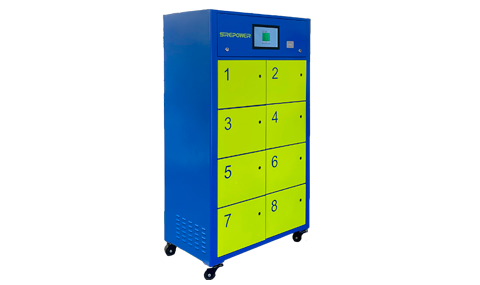
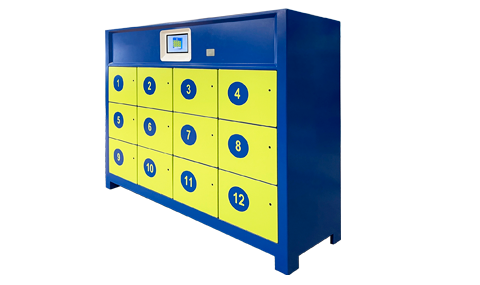

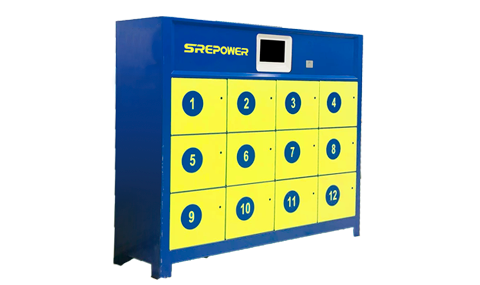
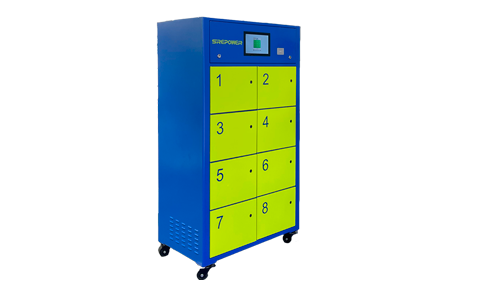
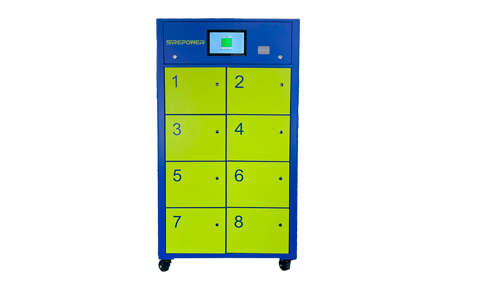
 WhatsApp Contact
WhatsApp Contact